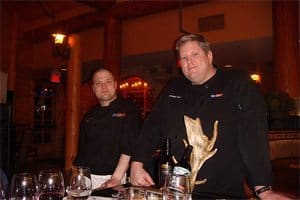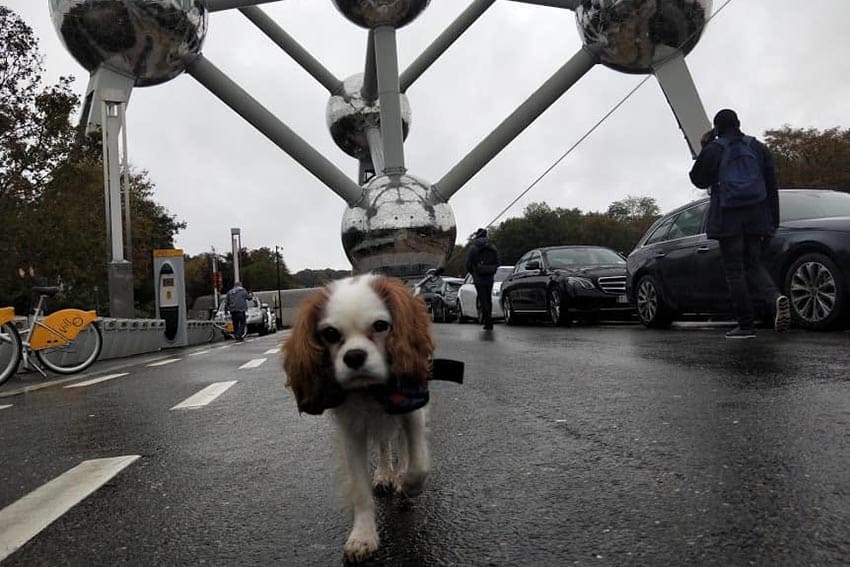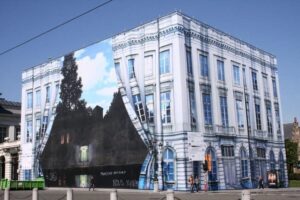
Belgium is the home of the world’s best beer traditions
By David Brown
A lot of people can’t think of a good reason to go to Belgium. It just doesn’t conjure the images that its more feted neighbors do, so a great many tourists rush between the big drawcards of Amsterdam, Paris, and London without giving the place a second thought.
And being one of the smallest countries in Europe means even the guide book’s joke about missing Belgium if you nod off in the car on the way through.
Another World Entirely
But those who do make the effort to explore the country discover a country at once ancient and surprisingly cutting edge, and one with a very unique drawcard for the jaded traveler.
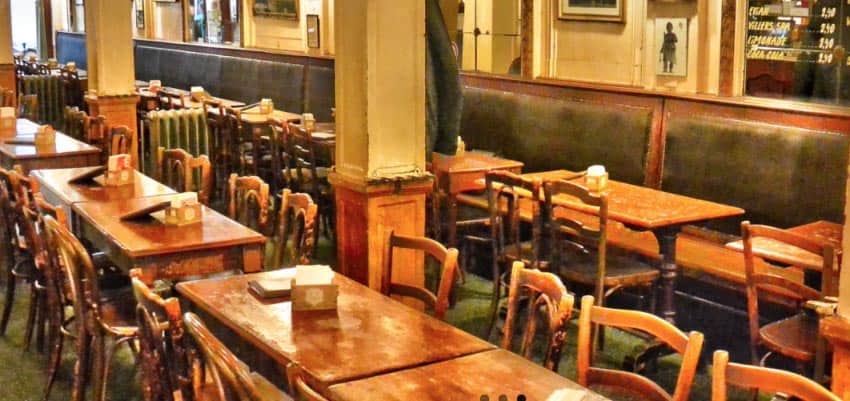
In a word, beer. And if you always thought that beer was more a reason to sit at home with the telly on than it was to travel – think again! To experience Belgium at its best is to forget everything we in the west think we know about beer and beer culture and experience another world entirely.
And as beer experts are quick to remind us, travel and an appreciation for wine have been linked for decades; there really is no good reason for beer culture to be treated any differently.
The Belgians can’t claim to have invented beer, but they can claim to be the only country in the world where you can taste beer that it still made in the same way it was in Babylonian times. And if you are still not convinced this is really an honorable way to spend your holidays – it is made by Trappist Monks. So not only does this stuff taste divine – it is divine!
La Mort Subite

Most visitors to Belgium arrive in Brussels, and it’s also an excellent place to begin to get an idea of what beer really means here. We started our tour at a small bar called ‘A La Mort Subite’, or ‘Instant Death’, a hundred-year-old place where the menu is painted on mirrors, and it’s hard to tell if the walls are caramel colored from paint or decades of cigarette smoke.
The name refers not to the brews on offer, but to the way the clientele used to play card games during their lunch breaks from nearby offices.
The bar is still owned by the same family, some five generations on, and is still serving the same beers as it did on the day it opened. Westmalle Triple, Karmeliet, Hoegaarden Grand Cru or Forbidden Fruit, the names alone are enough to set the imagination racing.
It’s not unusual for bars to offer as many as 400 beers – ranging from light cloudy wheat beers, through to dark Trappist ales, to strawberry or cherry flavored lambics, which foam and fizz into the glass like champagne.
Each brewery produces its own drinking glass – some look more like champagne glasses, others like red wine, some, like the delicious Kwak, even come in a strange wooden stand.

A Strange and Ancient Method
To learn a little more about the brewing process, we head to Carillon, a century-old brewery located on the outskirts of the city. Here they brew according to a strange and ancient method called ‘natural fermentation’.
Yeast isn’t added; instead, the beer sits exposed to the air, and microbes do the rest. It is then aged for around three years. The result is about as far from lager as you can get – a sharp sour taste that has as much in common with wine as beer.
Some lambics are then flavored with fruits, and the results are a little more palatable, though the idea of cherry beer takes some getting used to.
Polyglot Eurocrats
Beer aside, Brussels is a city with more attractions than you’d imagine. The city is built around the gothic Grand Place, a breath-taking cobbled square ringed by buildings straight out of a Dracula set.
Cobbled alleys radiate outwards to a series of smaller squares, and it’s lovely just to wander aimlessly among them, stopping for waffles or the ubiquitous handmade chocolates as soon as your energy starts to fade.
It’s also worth taking a trip to the EU Headquarters to see the other side of Brussels. It is here that the city has really established itself as the capital of Europe.

Mirror-glass shimmers over bustling boulevards, and the streets around the EU Parliament and Commission buildings are crowded with polyglot Eurocrats talking into their cellphones and clearing a path with silver metal briefcases. It’s a world – or two metro stops – from the timeless peace of the Lower Town.
A Sense of Light and Space
Our next stop is Ghent, only an hour west of Brussels, but a considerable change of pace after the bustle of the EU. Ghent is sometimes overlooked as tourists head to the more famous Bruges, but for my money, it’s a much more interesting town.
Whereas Bruges is very much a reconstructed Gothic city, and well worth seeing as such, Ghent is a real, functioning city that just happens to include dozens of gothic buildings.
From any point in the city you can see the fabulous Belfry and St. Niklaaskirk tower, often also reflected in a perfectly still canal. Walking around Ghent means walking beside, over and around canals, meaning that city has a real sense of light and space.

A Humbling Experience
We decide to head south to pay our respects to a few soldiers, though sadly they are no longer living. Most of us recall the names Ypres and Passchendaele from the First World War, and it really is a humbling experience to visit places like Tyne Cot cemetery, where so many soldiers lie – mainly Australians and New Zealanders, around 14,000 in all.
The winter view is still one of bleak, muddy fields, much like those they struggled over in 1917, and some of the many museums in the area have some preserved trenches so that you can get some idea of what they faced.
Amber Nectar
After that, it is definitely time to settle into a quiet bar like La Garre in Bruges, and enjoy the Belgium of here and now. La Garre is tiny – so small it’s difficult to spot the alley it is squeezed into, but this really is the real thing – dimly lit but friendly, and a space anyone can come to. For the locals, these bars are an extension of their living rooms.

There are old folks and families with kids and travelers and businessmen, all sharing half-dozen tables and enjoying the tiny glasses of the amber nectar. Not that the glasses need be much bigger – several beers weigh in at 11% alcohol, and the majority are over 8%.
From Bruges, we head on to Antwerp, Belgium’s second city, mainly famous for its diamond trading. They claim something like 80% of all the world’s diamonds pass through this city, though there isn’t an awful lot of them on display anywhere except at the diamond museum. But Antwerp is more famous now for fashion and art, very much the cutting-edge sister to Brussels’ more conservative charms.
Mussels and Chips
As it is everywhere in Belgium, the food is surprisingly good. The classic dish is Mussels and Chips, and any room left over is rapidly filled with any variation on waffles or pancakes you can imagine.
A few places also offer “paarde” which suggests that when a Belgian says he could eat a horse, he may not be kidding. Then, on the way back to the hotel, pick out a few handmade chocolates from the neighborhood chocalatiere, and you’ll still be full at breakfast.
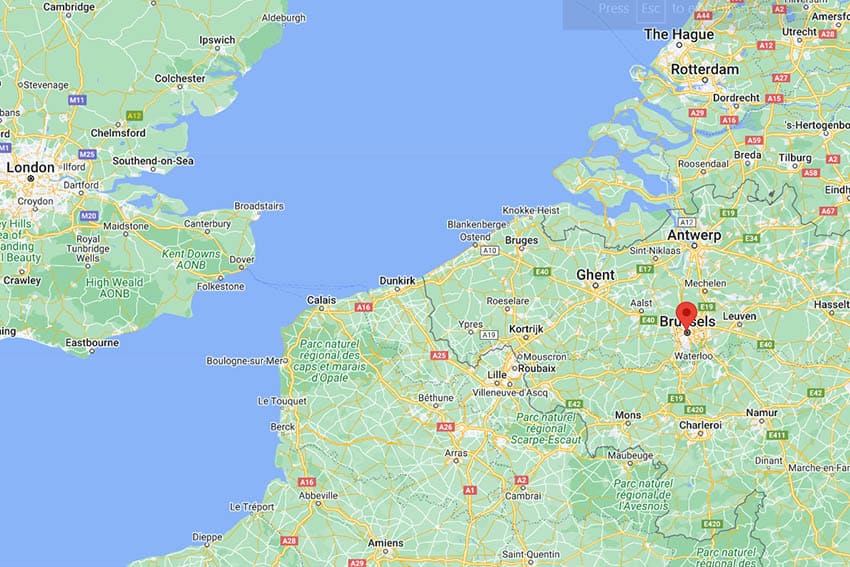
Because Belgium is so small, few train journeys take more than an hour, and day trips are very easy to make. In a week you really can cover the country from east to west.
And from Brussels, it’s only two hours to Amsterdam or Paris. A small distance in miles, but a surprisingly big leap in culture. While Amsterdam may have the edge in art, and Paris is still the place for a glass of wine, there is no doubt that Belgium has a quirkiness and a hard-won sense of independence that shines through in every element of life.
Not least through a glass of Leffe Blonde or Bruges’s Zot beer brewed in the home of real beer.

David Brown is a New Zealand-born travel writer and language consultant based in Helsinki, Finland. His work has appeared in magazines and newspapers in New Zealand, Australia, the US and UK. He hosts a website called Word of Mouth.
Eurail Passes: What to Know about Buying a Europe Train Pass
- Camino Tales: Wine and Memories in Galicia, Spain - July 25, 2024
- Beluga Hunting in Norway - July 20, 2024
- Costa Rica: A Rainforest Chocolate Tour - July 18, 2024


